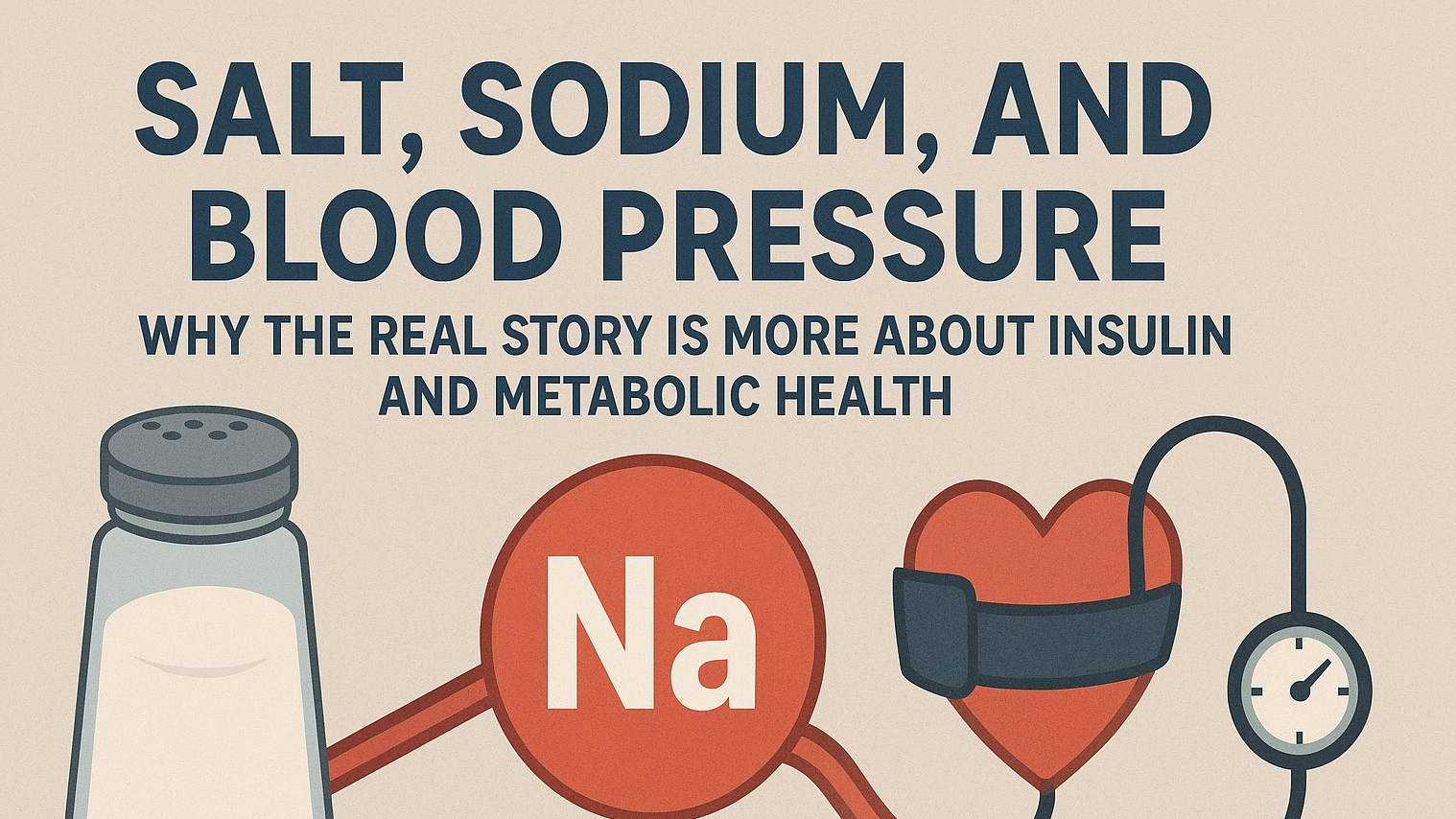
Thyroid health is deeply connected to the digestive system, and many people don’t realize that food allergies and intolerances can play a significant role in thyroid disorders. When certain foods trigger inflammation or impair nutrient absorption, they can disrupt the delicate balance needed for optimal thyroid function.
Recent scientific research has highlighted the connection between food sensitivities, gut health, and thyroid disorders. This article explores how food intolerances impact thyroid function and how dietary strategies can help maintain thyroid health, supported by peer-reviewed studies.
Food Allergies, Intolerances, and the Thyroid
Undiagnosed food intolerances can cause chronic inflammation and damage to the gastrointestinal (GI) tract, leading to malabsorption of essential nutrients necessary for thyroid function. Studies have demonstrated that food intolerances—particularly to eggs, soybeans, crabs, and pork—are associated with abnormal thyroid function markers, including elevated thyroid-stimulating hormone (TSH) levels and thyroid antibodies.¹
A particularly strong connection exists between gluten intolerance and autoimmune thyroid diseases (ATDs). Research suggests that individuals with ATDs have a significantly higher prevalence of celiac disease (CD) compared to the general population. A meta-analysis found that about 1.6% of patients with autoimmune thyroid diseases have biopsy-confirmed celiac disease, strengthening the link between gluten sensitivity and thyroid dysfunction.²
When the gut is inflamed due to food sensitivities, it struggles to absorb critical thyroid-supporting nutrients, which can further impair thyroid function.
Inflammation and the Thyroid
Systemic inflammation is a major disruptor of thyroid health. Chronic inflammation, often resulting from food intolerances, gut dysbiosis, and poor digestion, can interfere with the body's ability to produce and convert thyroid hormones efficiently.
Research has found that adopting an anti-inflammatory diet, particularly one that eliminates gluten, can benefit thyroid function. A study evaluating the effects of a gluten-free diet (GFD) on patients with Hashimoto’s thyroiditis (HT) found that eliminating gluten significantly reduced thyroid antibodies and improved overall thyroid function in those with gluten-related sensitivities.³
By reducing inflammatory foods—such as gluten, processed sugar, and refined grains—and focusing on a whole-food, nutrient-dense diet, individuals may reduce thyroid-related symptoms and improve metabolic function.
Nutritional Deficiencies That Impact Thyroid Function
Several key nutrients are essential for thyroid health. Deficiencies in these vitamins and minerals can impair the production and conversion of thyroid hormones, leading to symptoms like sluggish metabolism, fatigue, and weight gain.
Essential Nutrients for Thyroid Health
-
Iodine – Essential for the production of thyroid hormones (T3 and T4).
Sources: Seaweed, fish, shellfish, iodized salt, yogurt, cheese, eggs, enriched grain products.
-
Selenium – Helps convert T4 (inactive) to T3 (active), which is crucial for metabolism.
Sources: Brazil nuts, fish, eggs, sunflower seeds, mushrooms.
-
Iron – Needed for thyroid hormone synthesis and oxygen transport.
Sources: Red meat, poultry, lentils, spinach, pumpkin seeds.
-
Magnesium – Supports the activation of thyroid hormones and reduces inflammation.
Sources: Leafy greens, nuts, seeds, dark chocolate, whole grains.
A study found that iodine and selenium deficiencies are particularly prevalent in individuals with Hashimoto’s disease, impacting their ability to maintain proper thyroid hormone levels.⁴ Additionally, celiac disease and gluten sensitivity can reduce the absorption of iron, calcium, vitamin B12, folate, and fat-soluble vitamins (A, D, E, K), further exacerbating thyroid dysfunction.⁵
Gluten, Bromide, and Iodine Deficiency
Another important factor in thyroid health is bromide, a chemical found in processed foods, baked goods, and some water supplies. Bromide competes with iodine in the body, potentially leading to iodine deficiency and negatively impacting thyroid function. Since gluten-containing foods are often processed with bromide, this could explain why gluten intolerance is frequently linked to thyroid issues.
Additionally, gluten-triggered gut inflammation can impair the absorption of other essential nutrients, including:
✔ Iron – Leading to anemia and low energy levels.
✔ Calcium – Increasing the risk of bone loss.
✔ Vitamin B12 & Folate – Causing neurological symptoms and fatigue.
✔ Fat-Soluble Vitamins (A, D, E, K) – Weakening immune function and hormone regulation.
How to Support Thyroid Health Through Diet
If you have thyroid concerns, consider adopting a thyroid-supportive diet that reduces inflammation and prioritizes nutrient absorption.
Key Dietary Tips:
✅ Avoid Gluten & Processed Foods – If you suspect a gluten sensitivity, try eliminating it for several weeks and monitor symptoms. A gluten-free diet has been shown to decrease thyroid antibody levels and improve function in patients with autoimmune thyroiditis.⁶
✅ Eat Iodine-Rich Foods – Include seaweed, fish, dairy, and eggs.
✅ Increase Selenium & Magnesium Intake – Snack on Brazil nuts, leafy greens, and seeds.
✅ Support Gut Health – Consume probiotic-rich foods like yogurt, sauerkraut, and kimchi to improve digestion and nutrient absorption.
✅ Follow an Anti-Inflammatory Diet – Focus on whole foods like lean proteins, healthy fats, and fiber-rich vegetables.
By addressing food intolerances, reducing inflammation, and ensuring adequate nutrient intake, you can support your thyroid health naturally and improve overall well-being.
Final Thoughts
Your thyroid is sensitive to both what you eat and how well your gut absorbs nutrients. Food allergies, intolerances, and chronic inflammation can weaken thyroid function and lead to long-term health issues. By identifying food sensitivities, correcting deficiencies, and following a thyroid-friendly diet, you can help restore balance and support optimal thyroid health.
If you suspect a food intolerance is affecting your thyroid, consider working with a healthcare professional to develop a personalized dietary plan that meets your needs.
Scientific References
Chen et al., "Analysis of the correlation between Hashimoto's thyroiditis and food intolerance," Frontiers in Nutrition, 2024. (PMC)
Roy et al., "Prevalence of Celiac Disease in Patients with Autoimmune Thyroid Disease: A Meta-Analysis," Thyroid, 2016. (Columbia University Celiac Disease Center)
Piticchio et al., "Effect of gluten-free diet on autoimmune thyroiditis progression in patients with no symptoms or histology of celiac disease: a meta-analysis," Frontiers in Endocrinology, 2023. (Frontiers)
"Dietary Habits, Nutritional Knowledge, and Their Impact on Thyroid Function in Women with Hypothyroidism and Hashimoto’s Disease," Nutrients, 2023. (MDPI)
"Autoimmune Disorders," Celiac Disease Foundation. (Celiac.org)
"The Role of Gluten-Free Diet in Autoimmune Thyroiditis," Journal of Endocrinological Investigation, 2023. (PubMed)
 Add Row
Add Row  Add
Add 










Write A Comment